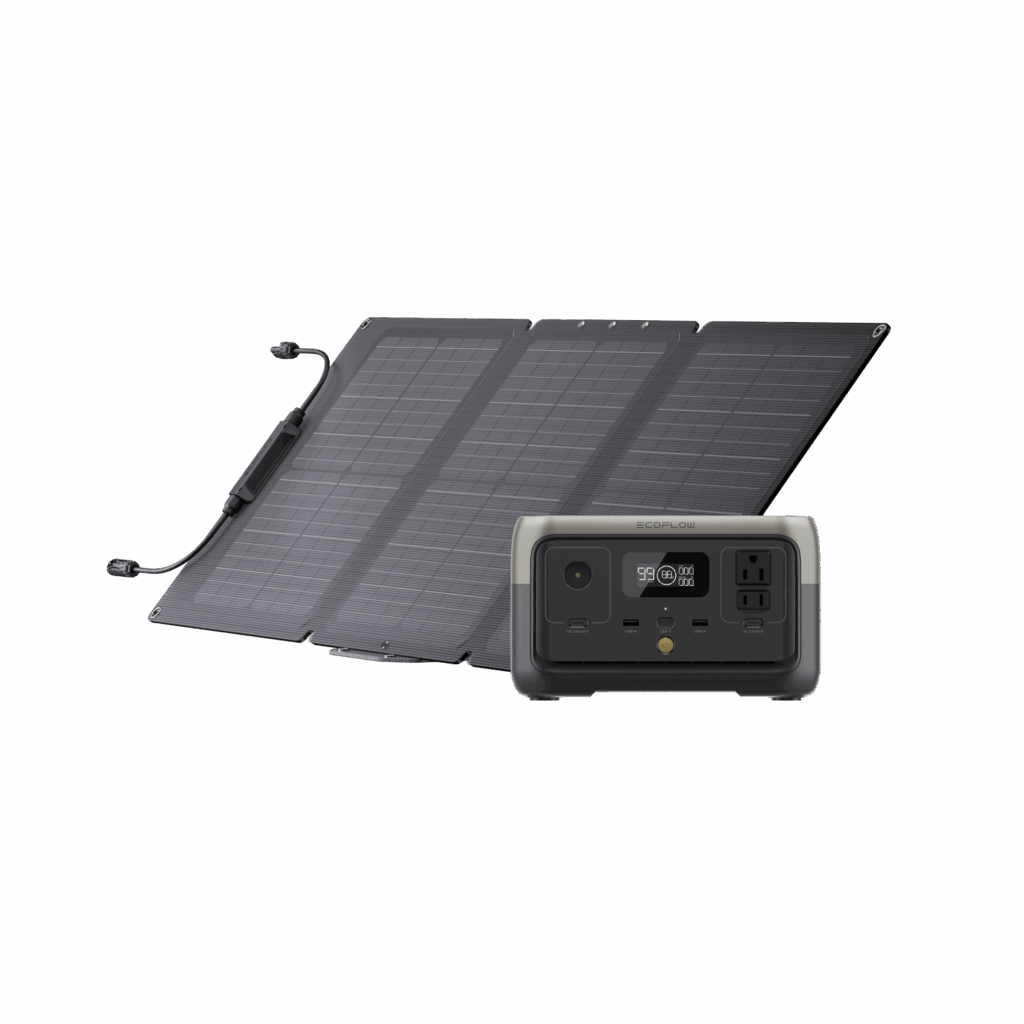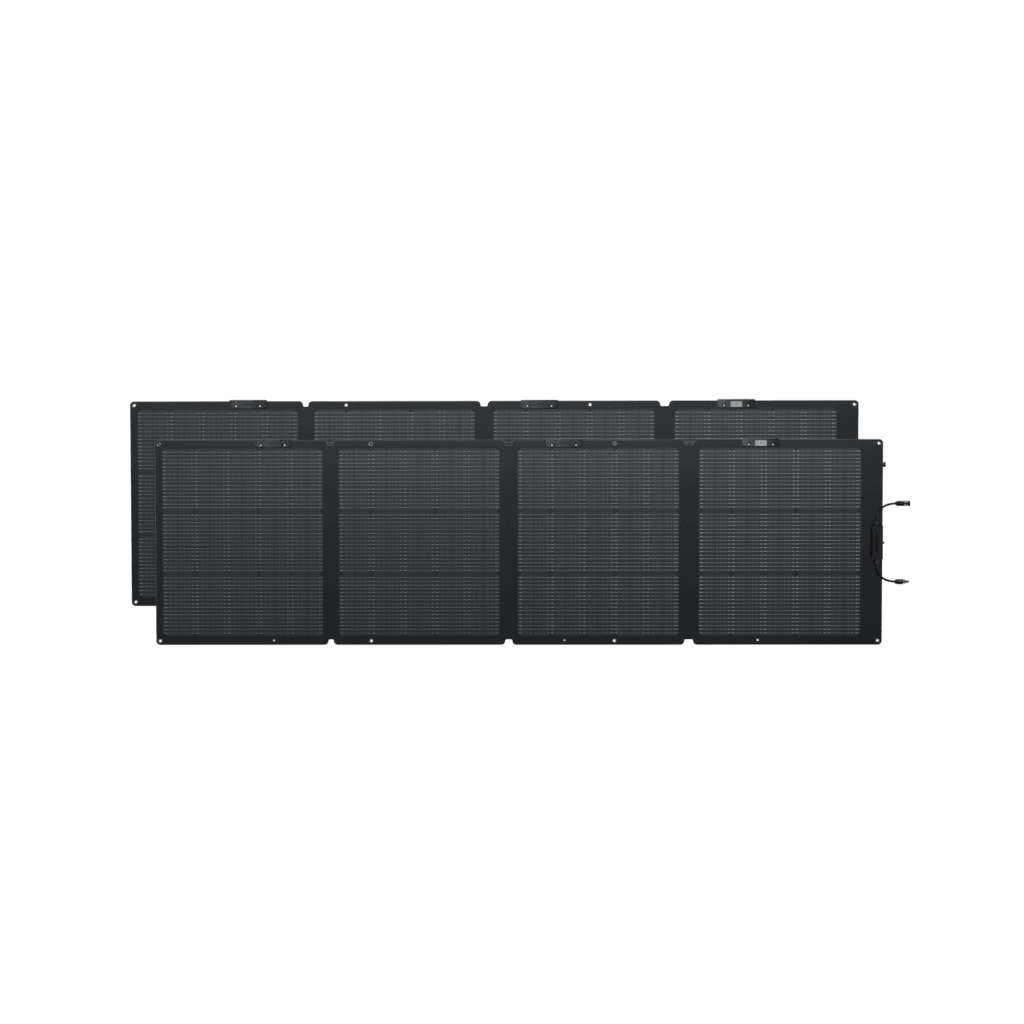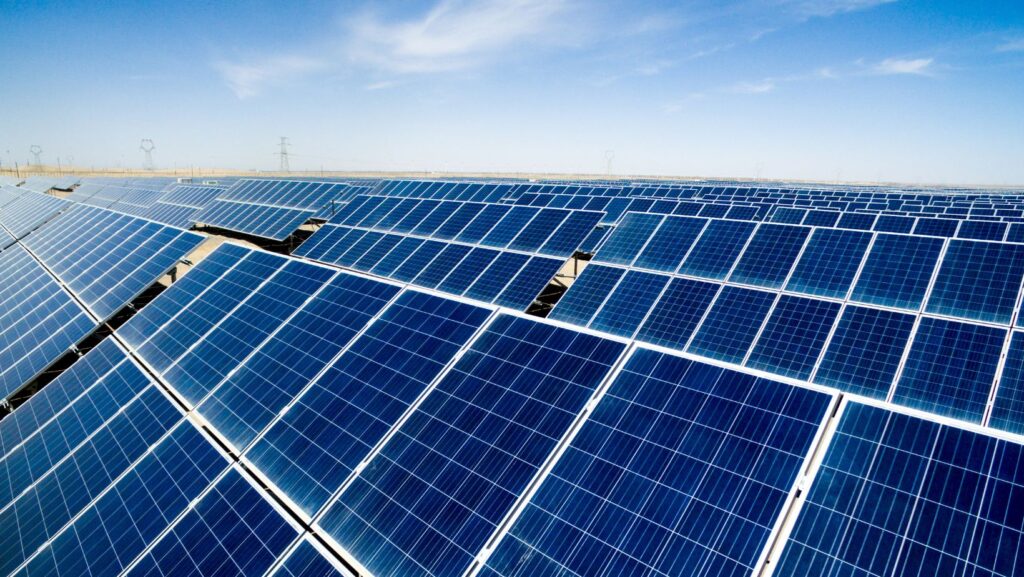How to Calculate Your Solar Panel Needs for Maximum Savings
As electricity costs continue to surge and homeowners seek greater energy independence, solar panels have emerged as a compelling solution for long-term savings. While the potential benefits are clear, determining the right solar setup for your home involves careful calculation and consideration of multiple factors. Many homeowners feel overwhelmed by the technical aspects of solar sizing, but making informed decisions about your solar investment doesn’t have to be complicated. This guide will walk you through the essential steps to accurately calculate your solar panel needs, from analyzing your current energy consumption to selecting the most efficient installation method. By understanding these key components – consumption patterns, panel efficiency, installation options, and system sizing – you’ll be equipped to make decisions that maximize both your energy independence and financial returns.
Understanding Your Home Energy Consumption
The foundation of a well-designed solar system begins with a thorough analysis of your home’s energy consumption patterns. Start by gathering your electricity bills from the past 12 months to establish your baseline usage. Most utility companies provide detailed monthly consumption data in kilowatt-hours (kWh), which reveals both your average usage and seasonal fluctuations. Pay special attention to summer and winter peaks, as these often indicate heavy HVAC system use. To gain deeper insights, identify your major energy consumers – typically air conditioning, heating, water heaters, and large appliances. Modern smart meters and energy monitoring devices can break down consumption by time of day and specific circuits, helping pinpoint when and where you use the most power. Online energy calculators can help aggregate this data, but consider installing a whole-house energy monitor for real-time tracking. Understanding these patterns allows you to right-size your solar system and potentially reduce consumption through efficiency improvements before installation. Most homes show distinct usage patterns between weekdays and weekends, and seasonal variations can account for up to 30% difference in monthly consumption. This comprehensive energy audit becomes your roadmap for determining exact solar capacity needs.

Solar Panel Efficiency: Technology Matters
Solar panel technology has evolved significantly, with three main types dominating the market: monocrystalline, polycrystalline, and thin-film panels. Monocrystalline panels, made from single-crystal silicon, offer the highest efficiency rates of 15-22%, making them the preferred choice for residential installations despite higher upfront costs. Polycrystalline panels, constructed from multiple silicon fragments, provide moderate efficiency of 13-17% and represent a cost-effective alternative. Thin-film panels, while more flexible and aesthetically pleasing, typically achieve only 10-12% efficiency, requiring larger installation areas for equivalent power output. The efficiency rating indicates how effectively a panel converts sunlight into electricity under standard test conditions. However, real-world performance depends heavily on temperature coefficients – most panels lose 0.3-0.5% efficiency for every degree Celsius above their rated temperature. Over time, panels experience natural degradation, typically 0.5-1% annually, affecting long-term output. Monocrystalline panels generally show superior durability and slower degradation rates, explaining their dominance in residential applications where roof space is limited and long-term performance is crucial.

Solar Installation Methods Compared
Choosing the right solar installation method significantly impacts your system’s performance and long-term value. Rooftop installations remain the most common choice, with pitched roofs offering natural panel angles that optimize sun exposure. South-facing roof sections typically yield the highest energy production, though east and west orientations can still provide efficient generation. Flat roofs require specialized mounting systems with tilt capabilities to achieve optimal angles, usually between 30-40 degrees. Ground-mounted systems present compelling alternatives when roof space is limited or unsuitable, requiring approximately 100 square feet per kilowatt of system capacity. These installations offer easier maintenance access and optimal orientation control but need proper zoning clearance and underground wiring considerations. Building-integrated photovoltaic systems (BIPV) represent an emerging solution that seamlessly incorporates solar cells into roofing materials, eliminating separate panel mounting while maintaining architectural aesthetics. While fixed-mount systems dominate residential installations due to their reliability and lower maintenance needs, tracking systems can increase energy production by 25-35% through following the sun’s path, though they require more maintenance and space. Shading analysis using solar pathfinder tools helps identify potential obstacles like trees or neighboring structures that could reduce system efficiency. Professional installers must also evaluate roof structural integrity, considering factors like age, load-bearing capacity, and local wind ratings before proceeding with installation. Local building codes and homeowner association regulations may influence your installation choices, making early permitting research essential.

Calculating Your Solar Panel System Size
Step-by-Step Calculation Process
Determining your ideal solar system size requires a systematic approach using your established energy consumption data. Begin by calculating your daily energy requirement in kilowatt-hours (kWh) from your monthly usage. Next, research your location’s peak sun hours – typically ranging from 3 to 7 hours depending on geography and season. To calculate base system size, divide your daily kWh needs by peak sunlight hours, then divide again by the system efficiency factor (typically 0.75 to account for various losses). Regional solar irradiance maps help refine these calculations, as areas with higher solar exposure require fewer panels for the same output. Factor in an additional 20% capacity to account for future panel degradation and potential increases in energy consumption. For homes seeking complete energy independence, battery storage calculations become crucial. Determine your critical load requirements for periods without sunlight and add 30% capacity to ensure reliable backup power during extended cloudy periods or outages.
Case Study Example
Consider a household consuming 1,000 kWh monthly (33.3 kWh daily) in a location with 5 peak sun hours. Using the formula: 33.3 kWh ÷ 5 hours ÷ 0.75 efficiency = 8.88 kW system needed. With 400-watt panels, this requires 23 panels (8,880 watts ÷ 400 watts per panel = 22.2 panels, rounded up). The array layout must consider available roof space, typically requiring 375-400 square feet for this system size. Accounting for future needs and degradation (20% additional), the final system size increases to 10.66 kW, requiring 27 panels. This real-world example demonstrates how theoretical calculations translate into practical system specifications, while considering space constraints and long-term performance requirements.
Maximizing Savings Through Smart Implementation
Net metering programs form the cornerstone of solar savings, allowing homeowners to earn credits for excess power generated during peak sunlight hours. These agreements with utility companies effectively turn your meter backward when producing surplus energy, offsetting costs during low-production periods. Understanding your utility’s specific net metering policy helps optimize system sizing for maximum financial benefit. Federal tax credits currently offer 30% of total system costs, while state-level incentives vary significantly by location, potentially including performance-based rewards, property tax exemptions, and installation rebates. Calculate your payback period by dividing total system cost (after incentives) by annual energy savings, typically ranging from 5-10 years depending on local electricity rates and solar production. Many homeowners pair their solar systems with reliable battery storage solutions like EcoFlow’s home battery systems to maximize energy independence and ensure continuous power supply during grid outages. Regular maintenance ensures optimal performance – schedule annual professional inspections, clean panels quarterly, and trim surrounding vegetation to prevent shading. Modern monitoring systems provide real-time production data through smartphone apps, helping identify performance issues before they impact savings. As energy needs grow, consider designing your initial system with expansion capability, allowing additional panels or battery storage to increase energy independence gradually.
Making Your Solar Investment Count: Final Considerations
Successfully calculating your solar panel needs requires a methodical approach that begins with thorough energy consumption analysis and ends with precise system sizing. By following the steps outlined – from analyzing utility bills and understanding panel efficiency to selecting optimal installation methods and calculating exact system requirements – you’re now equipped to make informed decisions about your solar investment. The dual benefits of substantial long-term savings and increased energy independence make solar power an increasingly attractive option for homeowners. Before proceeding with installation, ensure you’ve completed essential pre-installation steps: obtain multiple quotes from certified installers, verify all local building codes and HOA requirements, secure necessary permits, and confirm your roof’s structural integrity. Solar technology continues to advance rapidly, with improving efficiency rates and declining costs making residential solar more accessible than ever. Consider scheduling a professional consultation to create a customized solar solution that perfectly matches your home’s unique energy profile and your long-term sustainability goals.
